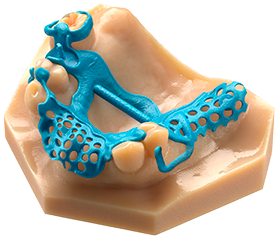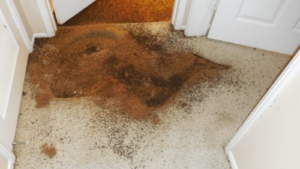Print quality is directly related to the quality of the filament you use on your 3D printer and this should come as no surprise to you. This concern with the quality of the filament should be transferred to the filament storage. After all, you want to ensure that it does not change its properties over time. In the case of the additive manufacturing this is very true.
So with each finished printout, you remove your filament from the printer. Experts advise you to do this while the filament is still hot and store it in a protected place, but what is the best way to do this?
Storing filaments wrongly has several consequences, so let’s deal with some of them here:

Extruder Nozzle Clogging: When the filament comes in contact with air humidity, water absorption by the filament causes the diameter to expand and the filament surface to weaken. Feeding your printer with filaments under these conditions will increase the chances of clogging the extruder nozzle.
Loss of print quality: A filament that has been in contact with air humidity for a long time is vapor formation during the extrusion process. Steam causes bubbles to form that cause the print surface to become uneven and cause the print quality to decline.
Reduction of filament resistance: Studies indicate that filament when in prolonged contact with air humidity loses up to 33% of its resistance capacity, so some filaments break during the printing process.
How much the filament’s contact with air humidity will affect the quality of your print depends greatly on the type of filament. Nylon and PLA type filaments are more susceptible to moisture but guarantee better print quality while ABS and PET suffer less from the consequences of contact with air humidity.
How to properly store your filaments?
There are conflicting opinions as to which ideal air humidity index the filament should be exposed to, but we consider that if the exposure is between 10-15% your filaments will be safe. Here are some tips that will help you keep your filaments safe from moisture in the air.
Use desiccants for water absorption. The most common and effective desiccant is silica gel, the one that comes with bags, backpacks, shoes. You can put several silica gel packets where your filaments are stored so that air humidity is under control you can’t lose its filaments. Please note that you will need to change the silica gel when it is no longer absorbing moisture from the air, and to make our lives easier they change color to signal that it is time to replace them. If you don’t live in high humidity, you can use rice as a desiccant. Do you know that phone trick that falls into the water and to get it back you have to put it to sleep in a pot of rice? Well, this trick only works because rice is a natural desiccant light that absorbs small amounts of water.
Vacuum packing bags. Vacuum packaging bags will keep your filament protected from moisture in the air and to be more efficient you can add some silica gel bags to help control humidity. Store the filaments in airtight buckets. In such a bucket you can store up to 4 1kg filament rolls.








